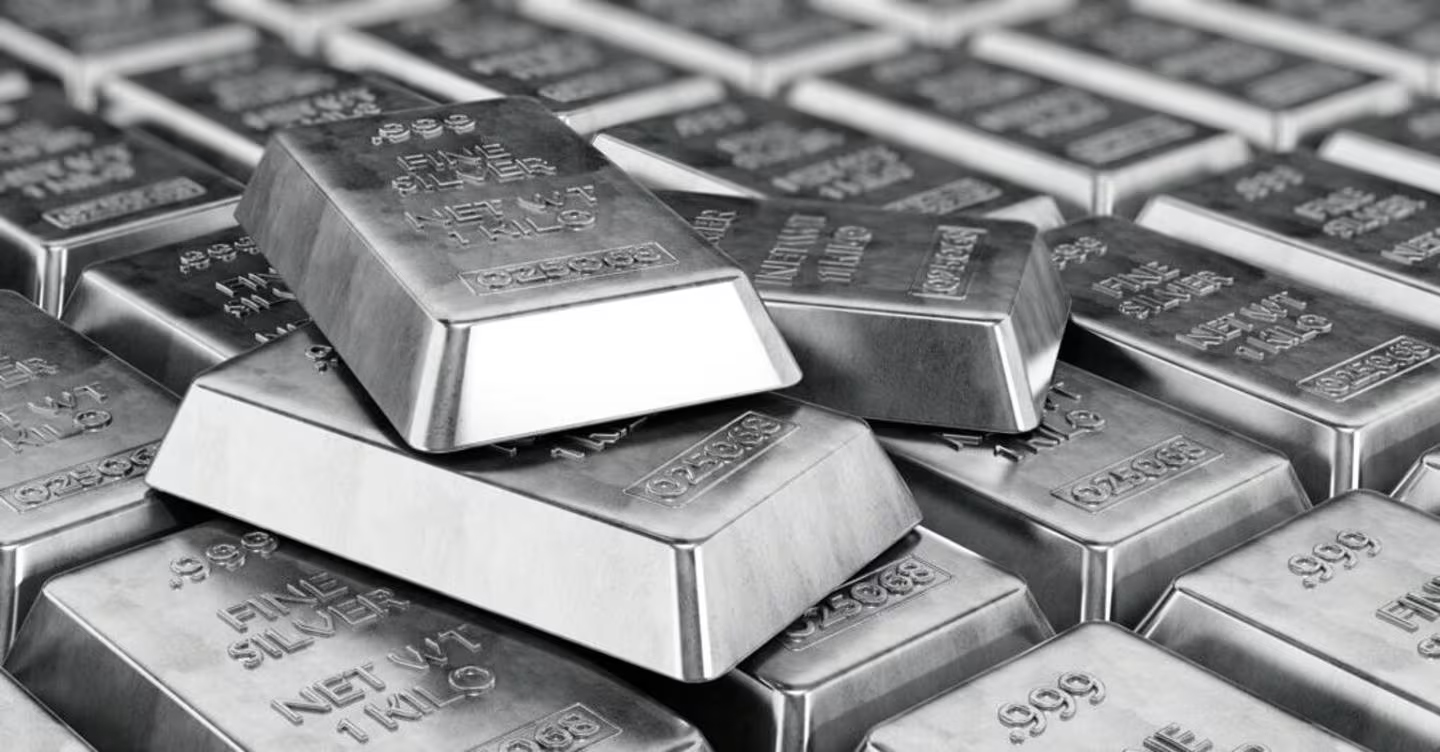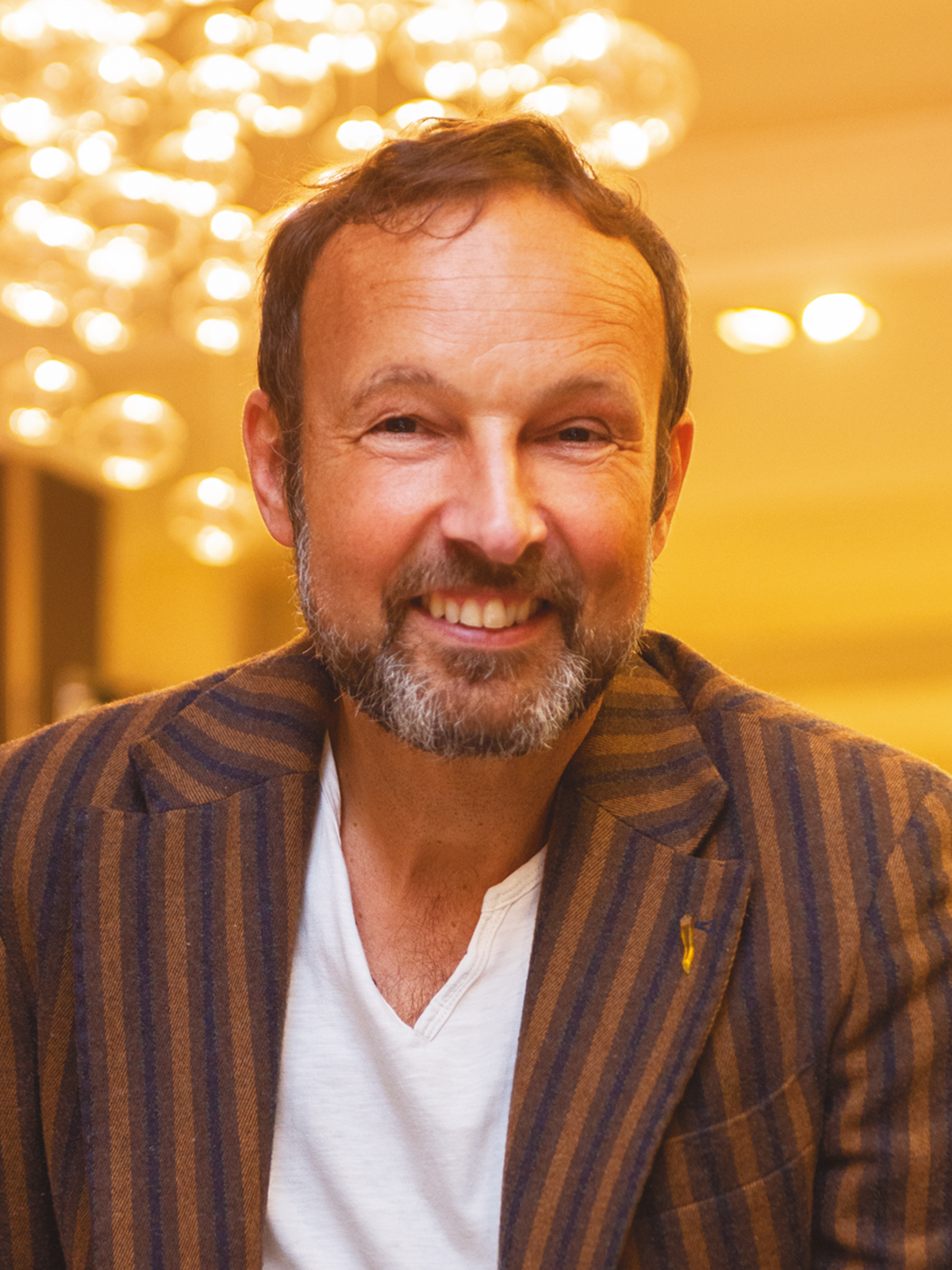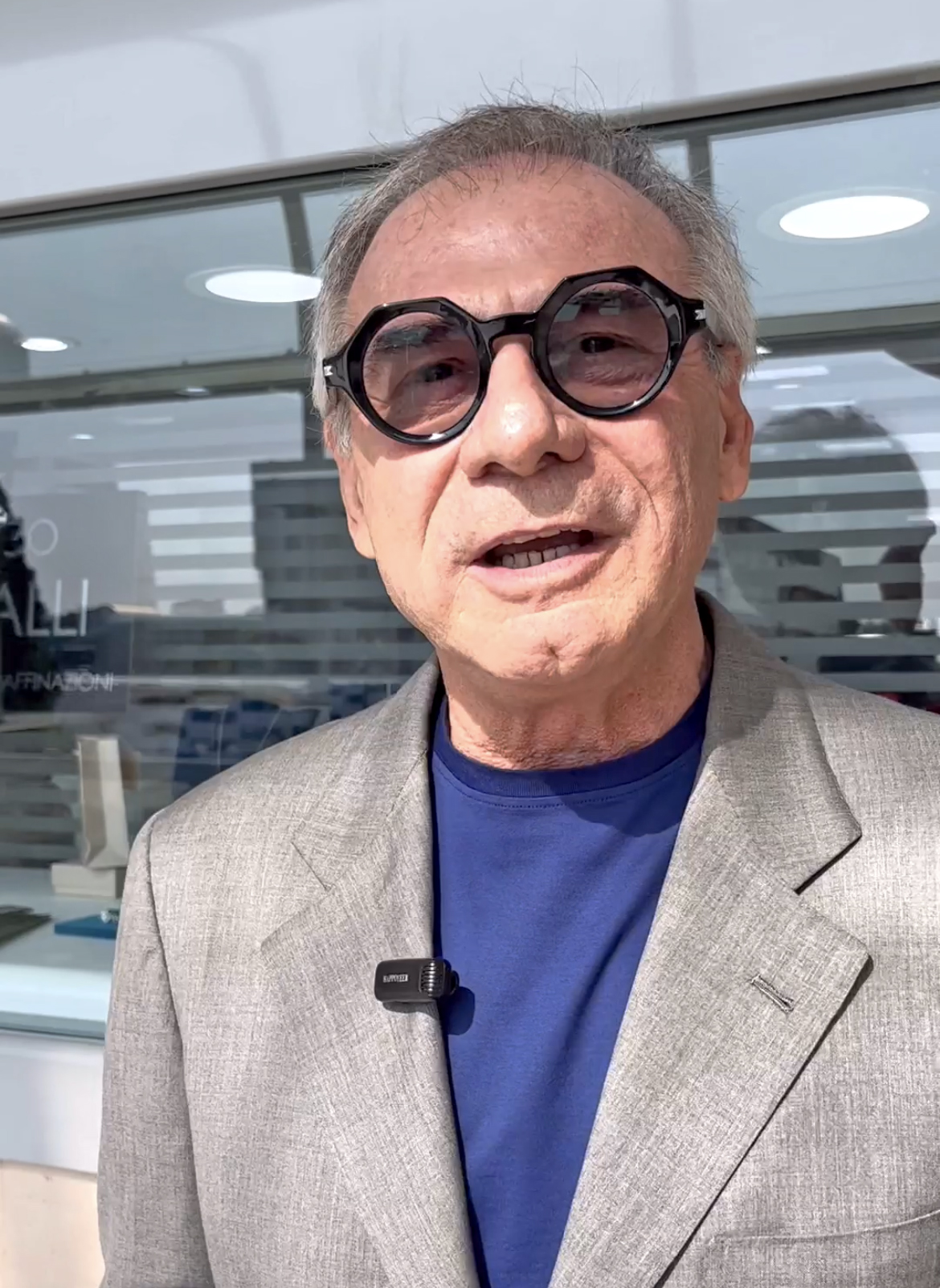
Cresce anche il prezzo dell’argento: la spinta rialzista e la risposta del mercato
Il consumatore reagisce in modo diverso, in base al settore di riferimento: in sofferenza l’argenteria a peso, resta costante la vendita del prodotto di alta manifattura. Non mancano gli acquisti del lingotto come bene rifugio

Il prezzo dell’argento viaggia con le marce elevate: ha già raggiunto un picco significativo a fine maggio toccando punte di 0.96 euro a grammo e adesso si attesta a quota 0.88. Quanto impatta sul mercato e sul rapporto con il consumatore finale?

«Per la nostra tipologia di produzione, non è l’unico aspetto da considerare, anzi è quello marginale».
Marco Simeone, By Simon
«Osserviamo questa tendenza rialzista e registriamo un aumento del prezzo fino al 60-70% nell’ultimo anno. È un dato oggettivo, ma è altrettanto vero – dice Marco Simeone di By Simon – che il peso della materia prima, per la nostra tipologia di produzione, non è l’unico aspetto da considerare, anzi è quello marginale. Più della metà del valore dell’oggetto, infatti, è dato soprattutto dalla manifattura. Se, dunque, su un anello che ha un quantitativo immutato d’argento prevedevo e continuo a prevedere pietre incastonate, sarà la manodopera a fare il costo finale. L’aumento del prezzo, rispetto al quantitativo utilizzato, provocherà una lieve oscillazione del valore del mio cartellino».
Dunque l’oscillazione rialzista impatta soprattutto sull’argenteria a peso: bracciali a targa, bracciali a catena. «E non dimentichiamo l’argenteria per la casa», dice Lello Fusco. L’amministratore delegato dell’omonima azienda fa riferimento a tutto il campionario «che un tempo adornava le nostre abitazioni e che rappresentava il corredo della nonna: servizi di posate, vassoi, anfore. Questo mercato non esiste più: è crollato. I giovani preferiscono non investire nell’argenteria da appartamento e negli anni sono state dismesse molte fabbriche che erano impegnate nella sua lavorazione a Palermo, Milano, Treviso. Nello stesso tempo, l’aumento del prezzo lo avvicina all’oro nella concezione del bene rifugio, agli occhi del consumatore. Significa che la fetta più ampia di vendita in argento, per noi, è rappresentata dai lingotti: chi li acquista, ritiene in questo momento di realizzare un investimento».
«L’aumento del prezzo lo avvicina all’oro nella concezione del bene rifugio, agli occhi del consumatore. Significa che la fetta più ampia di vendita in argento, per noi, è rappresentata dai lingotti».
Lello Fusco, Lello Fusco

Marco Simeone riflette anche su un altro comportamento di chi acquista in questo momento: «Spende adesso per non pagare di più in seguito. Nonostante la spinta verso l’alto del prezzo del metallo, non possiamo cambiare i prezzi perché siamo in una fase clou del mercato. A settembre, però, dovremo riconsiderare i listini. Abbiamo già avvisato i clienti e la risposta è stata un aumento rapido degli acquisti in questa fase».

«In questo momento, il costo più alto da prevedere riguarda i bagni galvanici, la rodiatura, tutti gli altri procedimenti che fanno parte di una manifattura di qualità e che, sommati, fanno lievitare il prezzo finale».
Cosmo Petrone, Vintage Bijoux Preziosi
Cosmo Petrone, fondatore della Vintage Bijoux Preziosi, sposta avanti la lancetta del tempo. Lo fa introducendo uno spunto di riflessione: «Che cosa accadrà tra qualche mese, quando è prevedibile che il prezzo dell’argento superi la soglia di 1 euro a grammo?». Petrone ritiene che le ricadute siano minime per il produttore ma non per il consumatore. «La fluttuazione dell’argento che riscontiamo adesso varia di 10-20 centesimi rispetto a quella registrata pochi mesi fa. Significa che il mio tipo di manifattura, nonostante l’argento costi 0.88 euro a grammo, non è cambiata rispetto a quando costava 0.60. In questo momento, il costo più alto da prevedere riguarda i bagni galvanici, la rodiatura, tutti gli altri procedimenti che fanno parte di una manifattura di qualità e che, sommati, fanno lievitare il prezzo finale».
Che cosa accade, però, se il prezzo toccherà velocemente quota 1 euro a grammo? Petrone non ha dubbi. «A quel punto – dice – bisognerà interrogarsi tutti. Ci sarà un primo divario nel ricarico del produttore e l’utente finale ne risentirà perché il ricarico coinvolgerà tutti i protagonisti della filiera, dal grossista al gioielliere. Oggi il cliente arriva in gioielleria, osserva in vetrina un paio di orecchini che costano 50 euro e può decidere di ritornare in negozio il mese successivo, confidando in un prezzo invariato. Tra due mesi, “rischia” di acquistare lo stesso paio di orecchini a 70, 80 euro. Faccio fatica ad immaginare in che modo il consumatore possa comprendere, tollerare, assorbire questo ricarico complessivo che poi impatterà sulle sue tasche. Dovremo spiegargli che paga gli orecchini 80 euro anziché 50 perché l’argento nel frattempo ha subito un ulteriore aumento di 20 centesimi a grammo».
Silver price also rises: bullish push and market response
The price of silver is in high gear: it already reached a significant peak at the end of May when it reached 0.96 euro per gram and now stands at 0.88. How much impact does this have on the market and on the relationship with the end consumer? “We observe this upward trend and record a price increase of up to 60-70% in the last year. This is an objective datum, but it is equally true,’ says Marco Simeone of By Simon, ’that the weight of the raw material, for our type of production, is not the only aspect to be considered, in fact it is the marginal one. More than half the value of the object, in fact, is given mainly by the manufacture. If, therefore, on a ring that has an unchanged quantity of silver I foresee and continue to foresee stones set in it, it is the labour that makes the final cost. The increase in price, compared to the quantity used, will cause a slight fluctuation in the value of my tag’.
So the bullish swing impacts mainly on silverware by weight: plate bracelets, chain bracelets. ‘And let’s not forget household silverware,’ says Lello Fusco. The managing director of the company of the same name refers to the entire sample collection ‘that once adorned our homes and represented grandma’s trousseau: cutlery sets, trays, amphorae. This market no longer exists: it has collapsed. Young people prefer not to invest in household silverware and over the years many factories that were engaged in its manufacture in Palermo, Milan, Treviso have been closed down. At the same time, the rise in price brings it closer to gold in the conception of a safe haven good, in the eyes of the consumer. It means that the largest share of silver sales, for us, is represented by ingots: those who buy them, believe at this time that they are making an investment’.
Cosmo Petrone, founder of Vintage Bijoux Preziosi, moves the hand of time forward. He does so by introducing food for thought: ‘What will happen in a few months’ time, when the price of silver can be expected to exceed the 1 euro per gram threshold?”. Petrone believes that the fallout will be minimal for the producer but not for the consumer. “The fluctuation in silver that we see now varies by 10-20 cents compared to what we saw a few months ago. It means that although silver costs 0.88 euro per gram, it has not changed compared to when it cost 0.60. Right now, the highest cost to be expected concerns galvanic baths, rhodium-plating, all the other processes that are part of a quality manufacture and which, when added up, drive up the final price’. What happens, though, if the price quickly touches 1 euro per gram? Petrone has no doubts. ‘At that point,’ he says, ‘we will all have to ask ourselves questions. There will be an initial gap in the producer’s mark-up and the end user will be affected because the mark-up will involve all the players in the supply chain, from the wholesaler to the jeweller. Today, the customer arrives at the jeweller’s, looks in the window at a pair of earrings costing 50 euros and may decide to return to the shop the following month, trusting in an unchanged price.
Two months from now, he ‘risks’ buying the same pair of earrings for 70, 80 euros. I struggle to imagine how the consumer can understand, tolerate, absorb this overall mark-up that will then impact on his pockets. We will have to explain to him that he pays 80 euro for the earrings instead of 50 because silver has meanwhile undergone a further increase of 20 cents per gram’.


POST COMMENT
Devi essere connesso per inviare un commento.